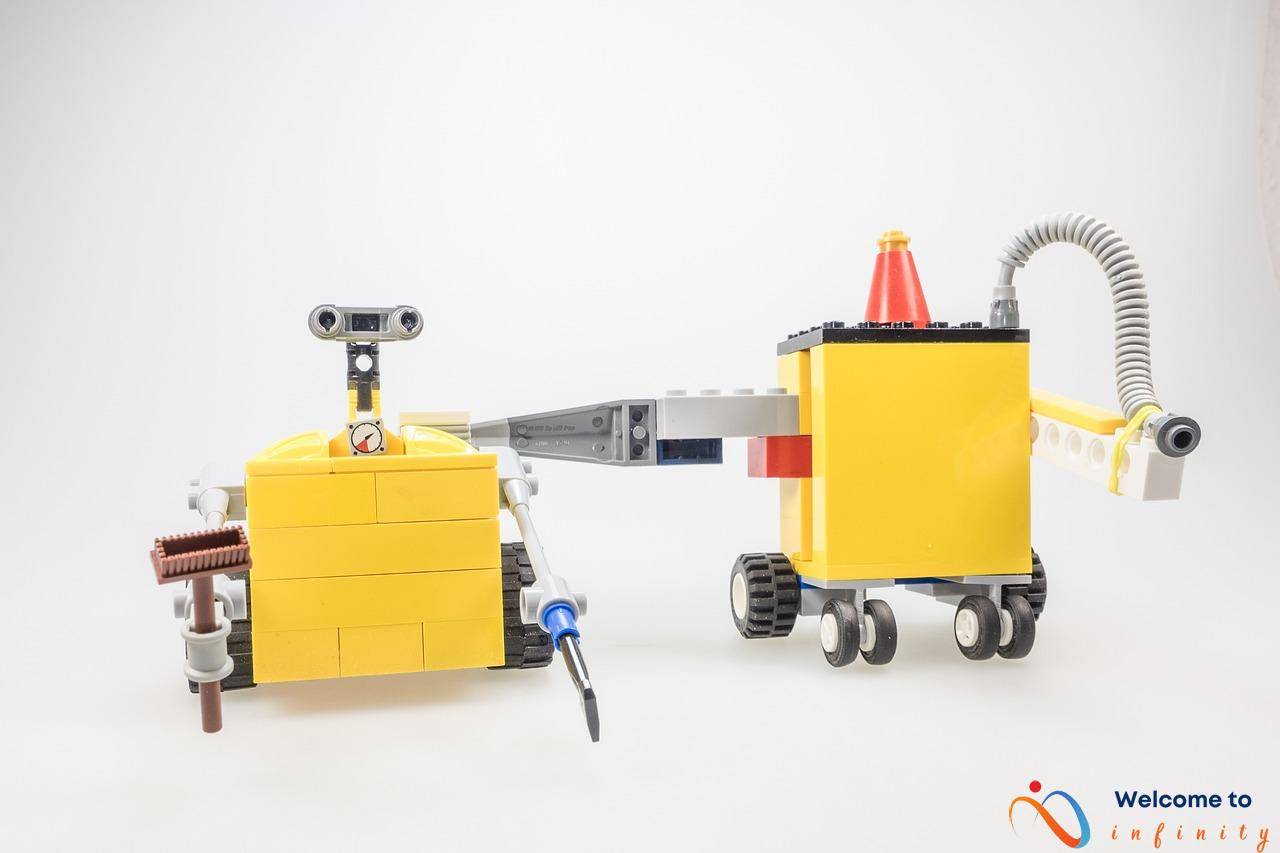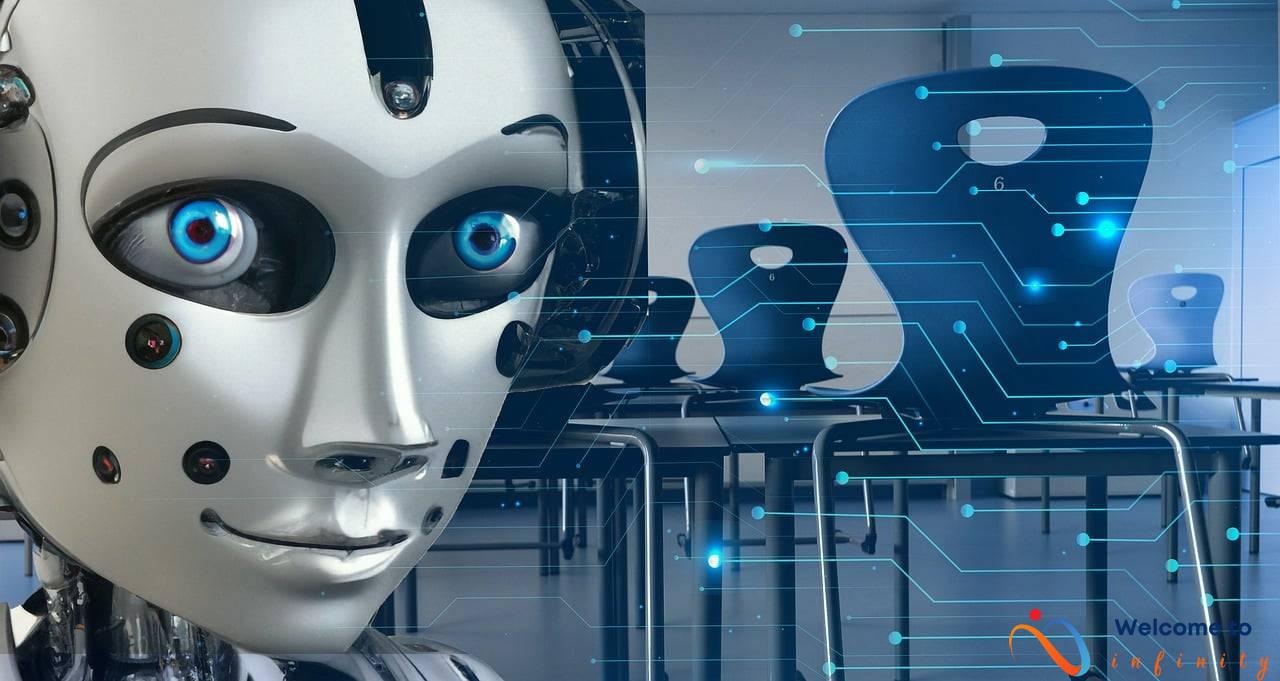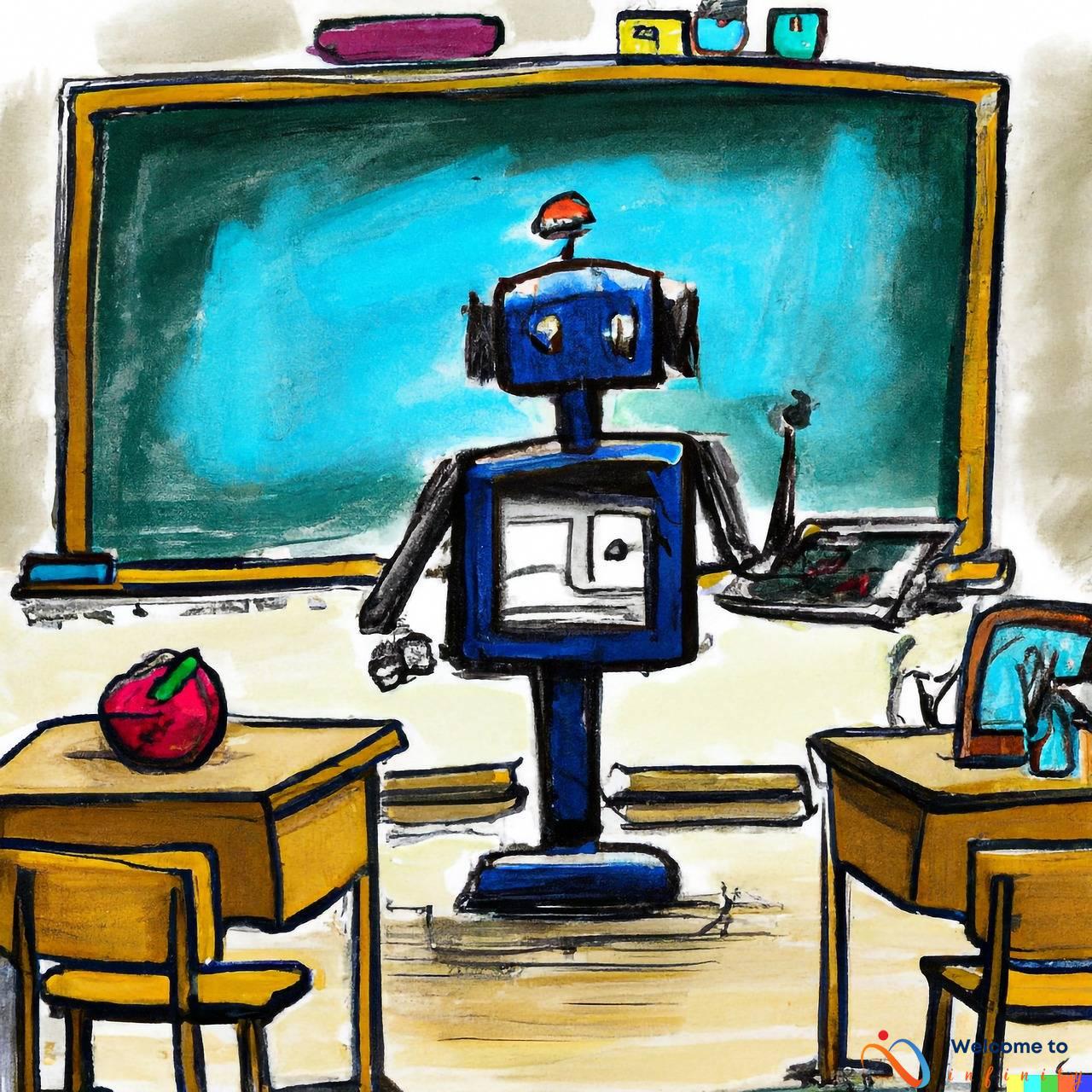Healthcare is an industry where the use of advanced technologies can make a significant difference in diagnosis, treatment, and patient recovery. Artificial intelligence (AI) and robotic technologies have become increasingly important in modern-day healthcare. The integration of AI and robotics in medicine has proven to be highly beneficial for both patients and healthcare providers. These technologies are now being used to assist in surgery and rehabilitation, and their role is set to grow in the coming years.
Robotic surgery is one area where AI and robotics are making a significant impact. With robotic surgery, doctors can perform complex surgical procedures with greater accuracy and precision. This technology has been used in various surgical procedures, including urological and gynecological procedures. Robotic surgery reduces the risk of complications, minimizes blood loss, and allows for a faster recovery. However, there are some drawbacks to robotic surgery, such as the high cost of the equipment and the need for specialized training.
Rehabilitation robotics is another area where AI and robotics are transforming the healthcare industry. Rehabilitation robotics is used to help patients recover from injuries or surgeries. This technology includes exoskeletons and robotic prosthetics. Exoskeletons are wearable devices that assist with movement and help patients regain mobility. Robotic prosthetics are artificial limbs that can be controlled by the user's thoughts. Rehabilitation robotics is proving to be highly effective in patient recovery and has significant potential for the future.
Robotic Surgery
Robotic surgery has become increasingly popular in the healthcare industry, with robots assisting surgeons in various procedures such as urological and gynecological surgeries. One of the major benefits of robotic surgery is the precision that it provides. The robotic arms used in surgery are highly maneuverable and can move in a restricted space. This gives the surgeon more control and allows for greater accuracy during the procedure.
Another benefit of this technology is the reduced recovery time for patients. Robotic surgery often involves smaller incisions, resulting in less pain and scarring. This means that patients can recover faster and get back to their daily activities sooner. However, robotic surgery also has its drawbacks.
One of the main concerns is the high cost of the equipment and maintenance. The initial investment in robotic surgery is expensive, and the maintenance costs are also substantial. This can limit the availability of robotic surgery in certain areas and may not be accessible to everyone.
Another concern is the lack of tactile feedback for the surgeon. In traditional surgery, the surgeon can feel the tissue and organs during the procedure, allowing for a better understanding of the area being operated on. In robotic surgery, the surgeon relies solely on visual feedback, which can be less intuitive.
In conclusion, while robotic surgery has its benefits, it also has its limitations. The high cost of the equipment, lack of tactile feedback, and limited availability are all concerns that need to be addressed. Nonetheless, as technology continues to evolve and improve, it is clear that robotic surgery will continue to play an important role in the healthcare industry.
Rehabilitation Robotics
Rehabilitation robotics has become an essential part of healthcare for patients recovering from injuries or surgeries. The use of exoskeletons and robotic prosthetics has shown great promise for patients with limited mobility. These technologies can help patients regain strength and coordination, ultimately improving their quality of life.
Exoskeletons are wearable devices that support the patient's body and assist with movement. These devices are powered by motors and can help patients walk or stand with greater ease. They can also be programmed to support specific movements, such as bending and lifting. While exoskeletons can drastically improve patients' mobility, they can be challenging to use for patients with limited dexterity or strength. Additionally, the cost of these devices can be a significant barrier for patients seeking rehabilitation services.
Robotic prosthetics are another type of rehabilitation technology that is revolutionizing the lives of amputees. These artificial limbs can be controlled by the user's thoughts and can mimic the movements of a natural limb. The use of robotic prosthetics has enabled amputees to perform activities previously thought impossible, such as playing sports and performing daily tasks with greater ease. However, the cost of robotic prosthetics can be a significant barrier for patients seeking these devices, and the lack of insurance coverage can limit access to this technology for many patients.
Despite the challenges associated with rehabilitation robotics, the potential benefits for patients are significant. These technologies can improve patients' mobility, independence, and quality of life. As research and development continue, rehabilitation robotics will continue to advance, providing new and exciting possibilities for patients in need of rehabilitation services.
Exoskeletons
Exoskeletons are wearable robotic devices that provide support to an individual's limbs to assist them with movement. They have shown great promise in aiding patients with spinal cord injuries, multiple sclerosis, and stroke to regain mobility.
The advantages of exoskeletons are numerous. They help patients regain some independence, which ultimately leads to better mental health outcomes. Exoskeletons also help patients strengthen their muscles, leading to improved physical health. Furthermore, they improve circulation, which reduces the risk of developing blood clots.
However, exoskeletons have some challenges associated with them. One of the biggest challenges is the cost; currently, exoskeletons are expensive which makes them inaccessible to many patients. Additionally, exoskeletons require a high level of maintenance, which increases the overall cost of the treatment.
Another challenge is the weight of the device; although it is a wearable device, it can still be cumbersome. This can lead to fatigue for the user and requires additional support to use correctly.
In conclusion, exoskeletons have the potential to revolutionize the healthcare industry. Although they have challenges, they offer many advantages to patients. With advancements in technology and an increase in demand, we can expect more improvements to be made in the coming years.
Robotic Prosthetics
Robotic prosthetics have become a promising solution for amputees, providing unprecedented levels of control and flexibility. These artificial limbs are controlled directly by the user's nervous system, enabling them to move with greater precision and fluidity.
The development of robotic prosthetics has brought radical changes to the everyday lives of amputees, who no longer need to rely on traditional prosthetics that offer limited movement and flexibility. With the advances in technology, robotic prosthetics have become so advanced that they can even mimic the movements of human limbs, giving amputees greater independence and freedom.
One of the most significant advantages of robotic prosthetics is that they can be custom designed to match the individual needs of each user. The prosthetics can be made to fit the user's residual limb perfectly and can be programmed to respond to the user's specific thoughts and movements. This personalized approach ensures that the user can achieve maximum control and dexterity with their robotic limb, greatly enhancing their quality of life.
Despite the many benefits, there are also some concerns surrounding the high cost of robotic prosthetics and the accessibility of this technology to those who need it most. There are also challenges with integrating the prosthetics effectively with the user's nervous system, as well as ensuring that the prosthetics are durable enough to withstand everyday use.
Overall, it is clear that robotic prosthetics have revolutionized the way we think about prosthetics and amputee rehabilitation. With continued research and development, it is likely that we will see even more advanced and affordable robotic prosthetics, giving amputees a new level of functionality and independence.
Challenges and Concerns
As with any new technology, AI and healthcare robotics come with their fair share of challenges and concerns. The fear of job loss is one of the biggest concerns surrounding these technologies. While robots can perform tasks much more efficiently than humans, this can lead to job cuts for healthcare professionals. It is important to note, however, that the use of AI and robotics in healthcare is intended to assist healthcare professionals, not replace them entirely.
Another major concern is patient safety. While robots can perform tasks more accurately than humans, they are not infallible. There is always the risk of technical malfunction or programming errors, which can lead to serious consequences for patients. This risk must be carefully considered and mitigated to ensure that patient safety remains a top priority.
Furthermore, there are ethical concerns surrounding the use of AI and healthcare robotics. For example, in the case of robotic surgery, there are concerns about whether informed consent can be obtained and whether the robot can be held responsible for any errors made during the procedure. These ethical considerations need to be carefully analyzed and addressed to ensure that patients are treated fairly and ethically.
Lastly, there is a concern about the cost of implementing AI and robotics in healthcare. These technologies can be quite expensive, and not all healthcare facilities may have the resources to invest in them. Additionally, the maintenance and repair costs of these machines can add up over time, further driving up the cost of using them.
In conclusion, while AI and healthcare robotics hold tremendous promise for improving patient outcomes and streamlining healthcare processes, there are significant challenges and concerns that must be addressed. These include job loss, patient safety, ethical considerations, and cost. As with any new technology, it is important to weigh these challenges against the potential benefits and proceed with caution to ensure that patients' well-being remains paramount.
Future of AI and Healthcare Robotics
As AI and healthcare robotics continue to evolve, the future applications of these technologies are endless. One area where they may prove particularly useful is in the treatment of chronic conditions. For example, robotic assistants can monitor patients with chronic illnesses and alert healthcare professionals if their symptoms worsen. This could help prevent serious complications and reduce hospitalizations.
Another exciting area of development is in the use of AI for diagnostic purposes. With the ability to analyze large amounts of data quickly, AI algorithms could help detect diseases and conditions at an earlier stage. This would not only save lives but also decrease the cost of healthcare by preventing expensive treatments and hospitalizations.
AI and robotic technologies could also have a significant impact on the mental health industry. Chatbots equipped with natural language processing abilities could provide therapy to patients, while virtual reality could be used to simulate exposure therapy for those with phobias or anxiety disorders.
While the possibilities for AI and healthcare robotics are vast, there are concerns surrounding privacy and the ethical use of these technologies. As with any new technology, it is important to weigh the benefits against the potential risks and ensure that they are used in a responsible way.
Despite these concerns, it is clear that AI and healthcare robotics have the potential to revolutionize the healthcare industry. With the ability to improve outcomes, increase efficiency, and reduce costs, these technologies will undoubtedly play a significant role in the future of healthcare.










